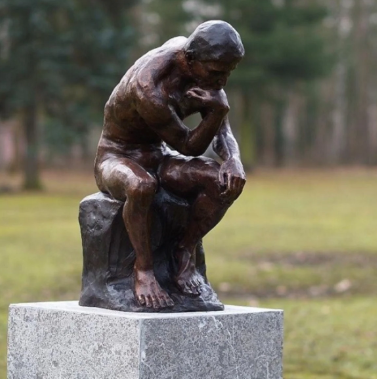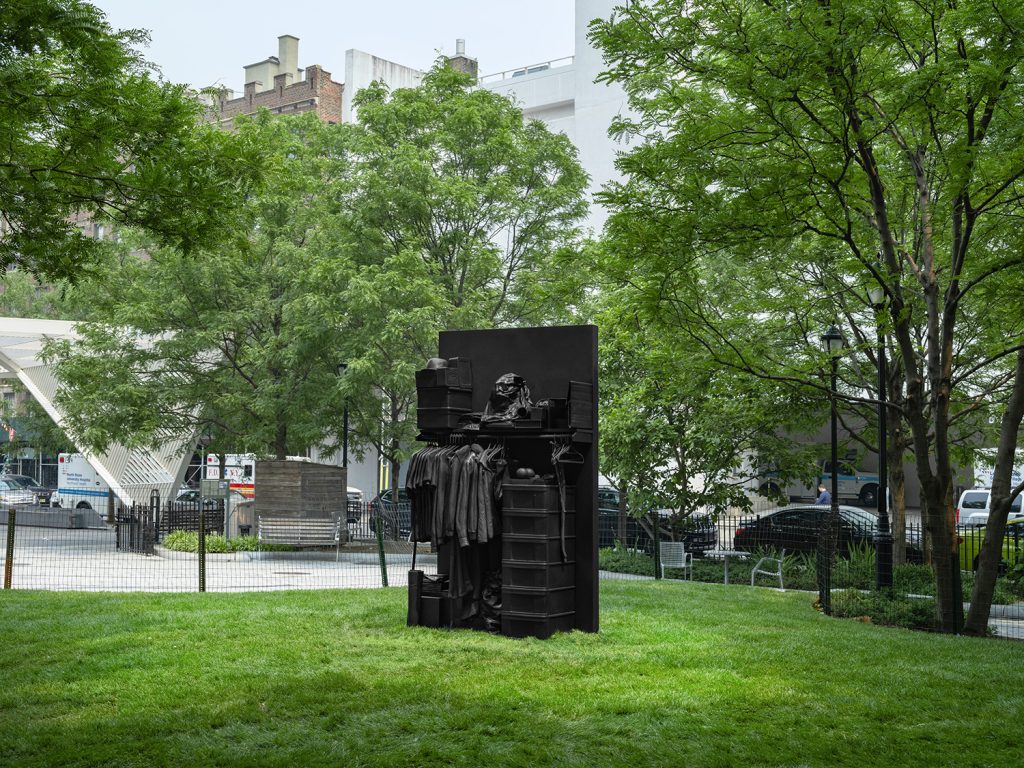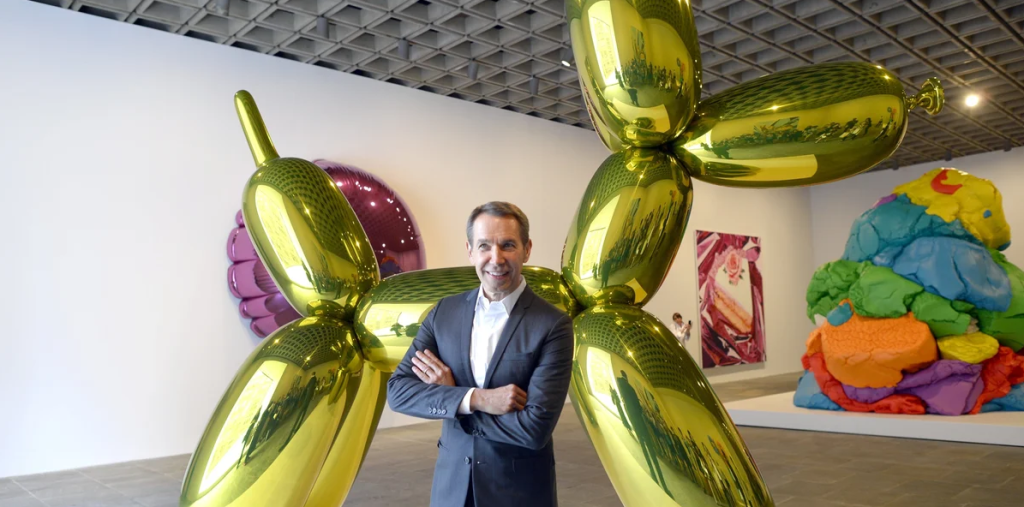Exploring the Depths of Emotion: The Art of Rodin’s Bronze Sculptures
Auguste Rodin, one of the foremost sculptors of the late 19th and early 20th centuries, transformed the art world with his expressive bronze sculptures. His ability to convey intense human emotions through form and texture continues to captivate audiences today. This exploration into Rodin’s bronze work reveals not just his artistic techniques but also the profound themes that resonate within his pieces.
The Power of Form and Texture
Rodin’s mastery of form and texture is evident in his bronze sculptures. Unlike many traditional sculptors who favored smooth surfaces and idealized forms, Rodin embraced rough, unfinished textures that mimic naturalistic human features. This approach allows viewers to feel the emotional weight of each piece. For instance, in “The Thinker,” the muscular form and detailed facial expressions evoke deep contemplation and anguish, inviting audiences to reflect on their own experiences. The combination of dynamic poses with imperfect surfaces creates a visceral connection, encouraging an emotional response that transcends mere aesthetic appreciation.
Themes of Love and Passion
Rodin’s sculptures often explore themes of love, passion, and the human condition. His iconic work, “The Kiss,” exemplifies this; it captures the intense connection between two lovers in a moment frozen in time. The intertwining bodies and delicate details convey a sense of intimacy and urgency. By portraying love in such a raw and powerful way, Rodin moves beyond the romantic idealization, showcasing the complexities of relationships. This sincerity in emotional expression makes his work relatable, allowing audiences to see reflections of their own lives and feelings within his art.
Influence on Modern Sculpture
Rodin’s impact on sculpture extends far beyond his lifetime. He broke away from rigid academic traditions and encouraged subsequent generations of artists to embrace emotional expression and individuality. Influenced by both classical ideals and modernist movements, Rodin’s work laid the groundwork for future sculptors to explore various materials and techniques. His emphasis on conveying emotional depth influenced how sculptors approach their craft today, encouraging a balance between technique and personal expression in modern art. The legacy of Rodin’s bronze sculptures can be seen in contemporary works that prioritize feeling over form.
In Conclusion
Auguste Rodin’s bronze sculptures invite us to explore vast emotional landscapes through the intricacies of form and texture. By breaking away from traditional ideals, he not only defined a new era of sculptural art but also left a lasting impact on how we perceive and express human emotions. If you find yourself moved by the rich narratives of Rodin’s work, consider visiting a local museum or exhibition featuring his sculptures or diving deeper into his life and artistry. Discover the stories behind the masterpieces that continue to resonate with audiences around the world.


